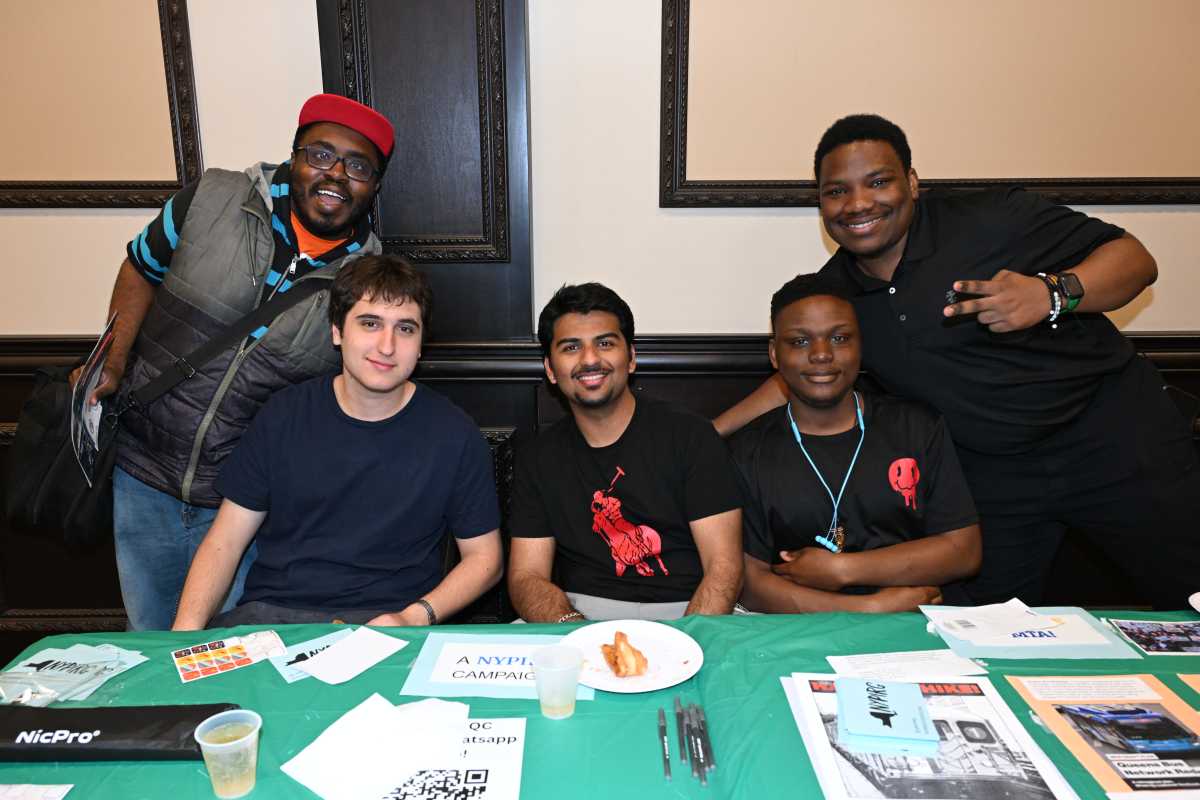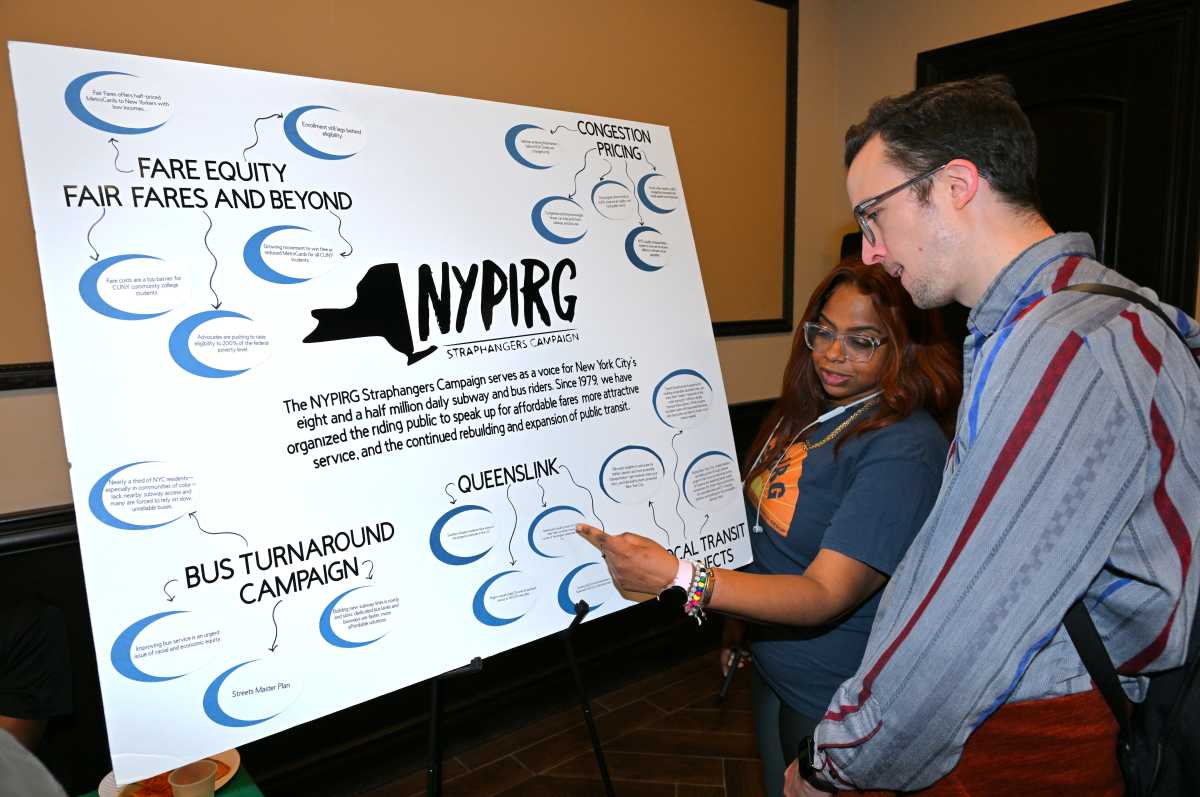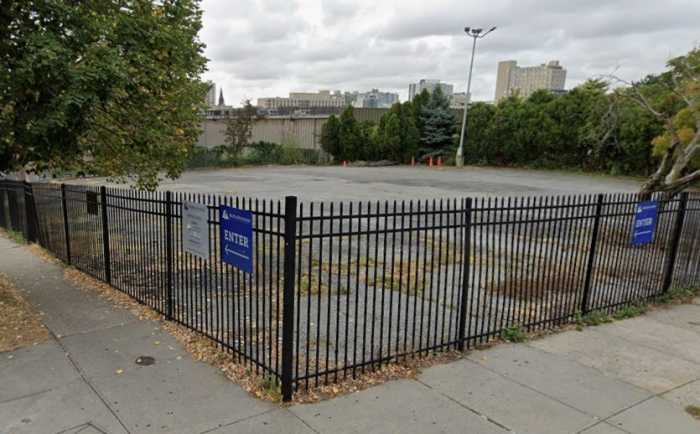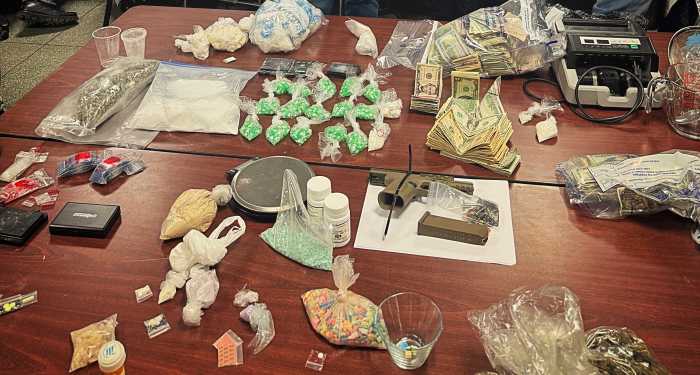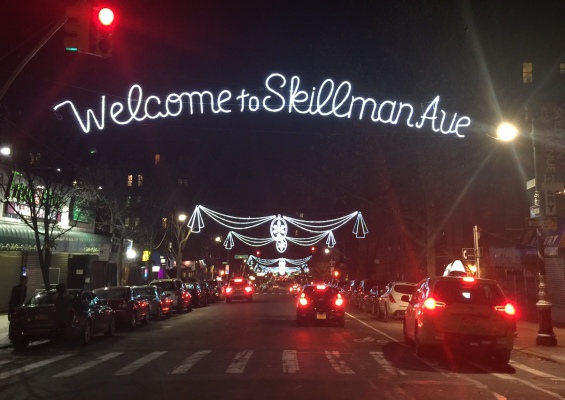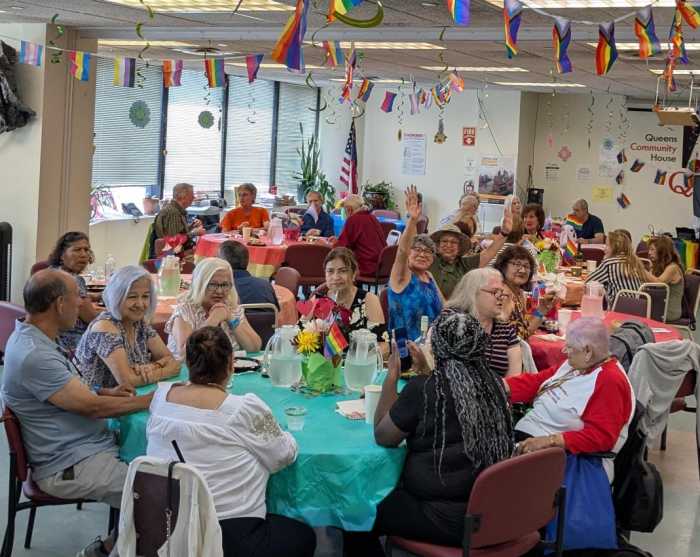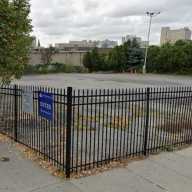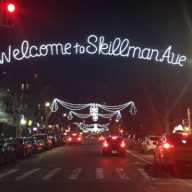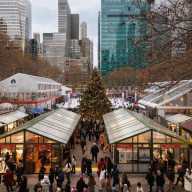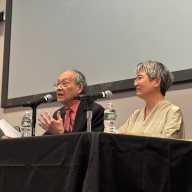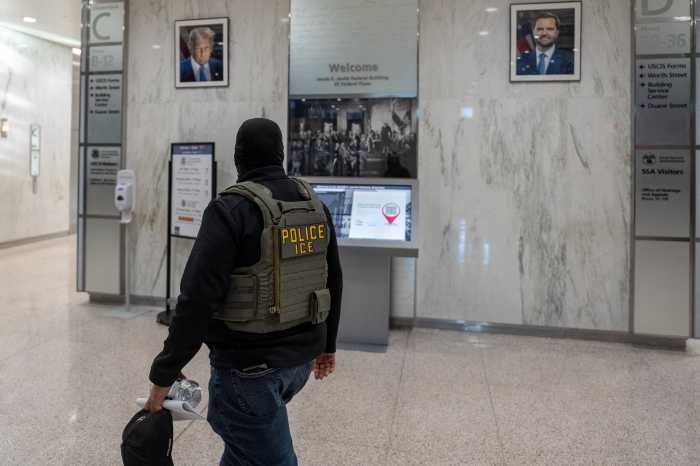Students, community advocates and transit experts gathered at Queens College on Monday evening, April 28, for a town hall focused on advancing the QueensLink project — a proposal that could dramatically improve public transportation in Queens by reactivating the long-abandoned Rockaway Beach Branch rail line.
Organized by the New York Public Interest Research Group (NYPIRG) Straphangers Campaign and the QueensLink advocacy team, the event drew dozens of attendees eager to tackle one of Queens’ most urgent needs: better north-south transit connections.
Held in the Q-Side Lounge of the Flushing campus, the town hall featured presentations, information booths and breakout discussions where participants shared personal experiences about the impact of unreliable and limited public transportation.
“This event came to be because transportation is students’ lives—it’s how they get to friends, family and work,” said Matthew Paolucci, a Queens College senior and the NYPIRG Straphangers Campaign Coordinator. “Through NYPIRG, we empowered students to get involved, and already over 1,300 students have signed our petition supporting QueensLink and calling for the project to be adequately studied and funded by Albany and City Hall.”
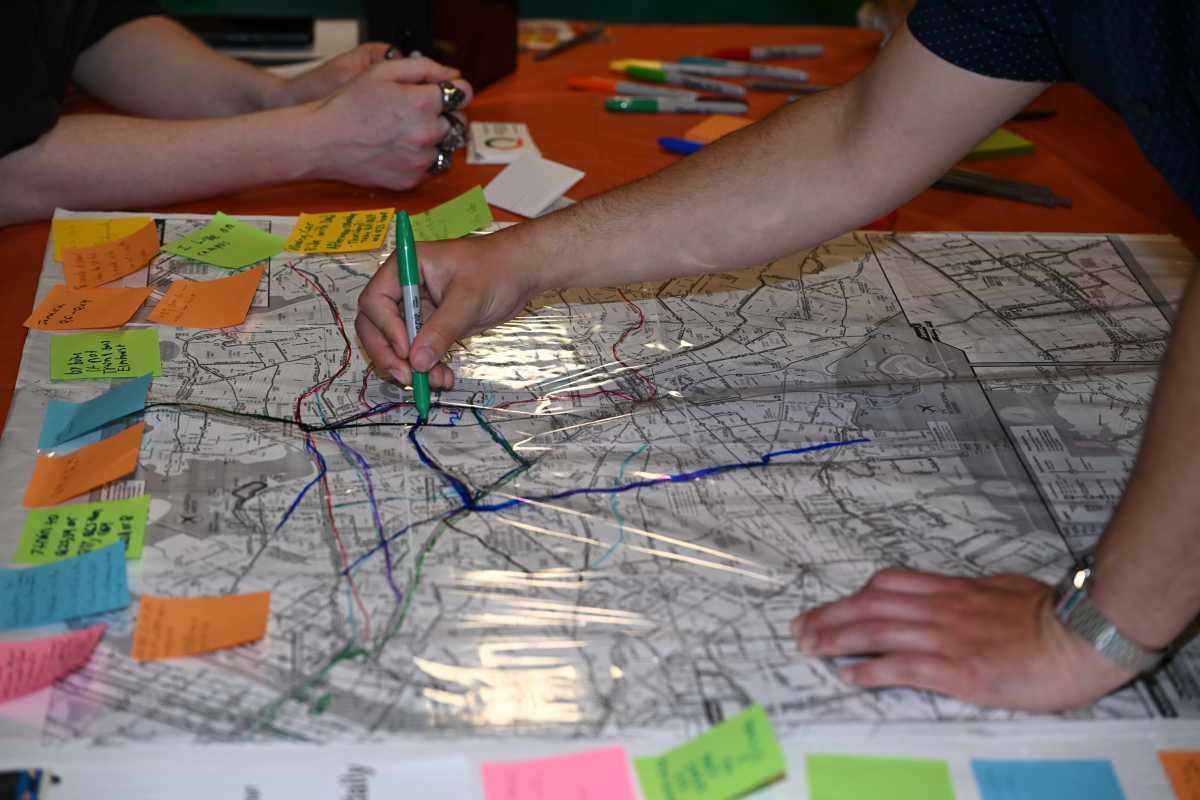
Reviving a historic transit corridor
QueensLink proposes reactivating the Rockaway Beach Branch, an LIRR corridor abandoned since 1962, and repurposing it into a subway extension that would connect Rego Park to Ozone Park—and ultimately link with the A train to the Rockaways. Advocates say the project would slash travel times, cut congestion, create tens of thousands of jobs, and promote environmental sustainability by utilizing already existing infrastructure.

A $500,000 federal grant was recently secured to fund an initial study of QueensLink’s feasibility, but supporters at the town hall emphasized the need for continued grassroots organizing to maintain political momentum.
For students like Paolucci, the QueensLink would not just be a convenience—it could be life-changing. “Many students from neighborhoods like Rego Park, Woodhaven, Ozone Park, Howard Beach, and the Rockaways face commutes of over an hour to travel just four or five miles to Queens College,” he said. “That’s unacceptable. Students lose hundreds of hours a year just getting to school.”
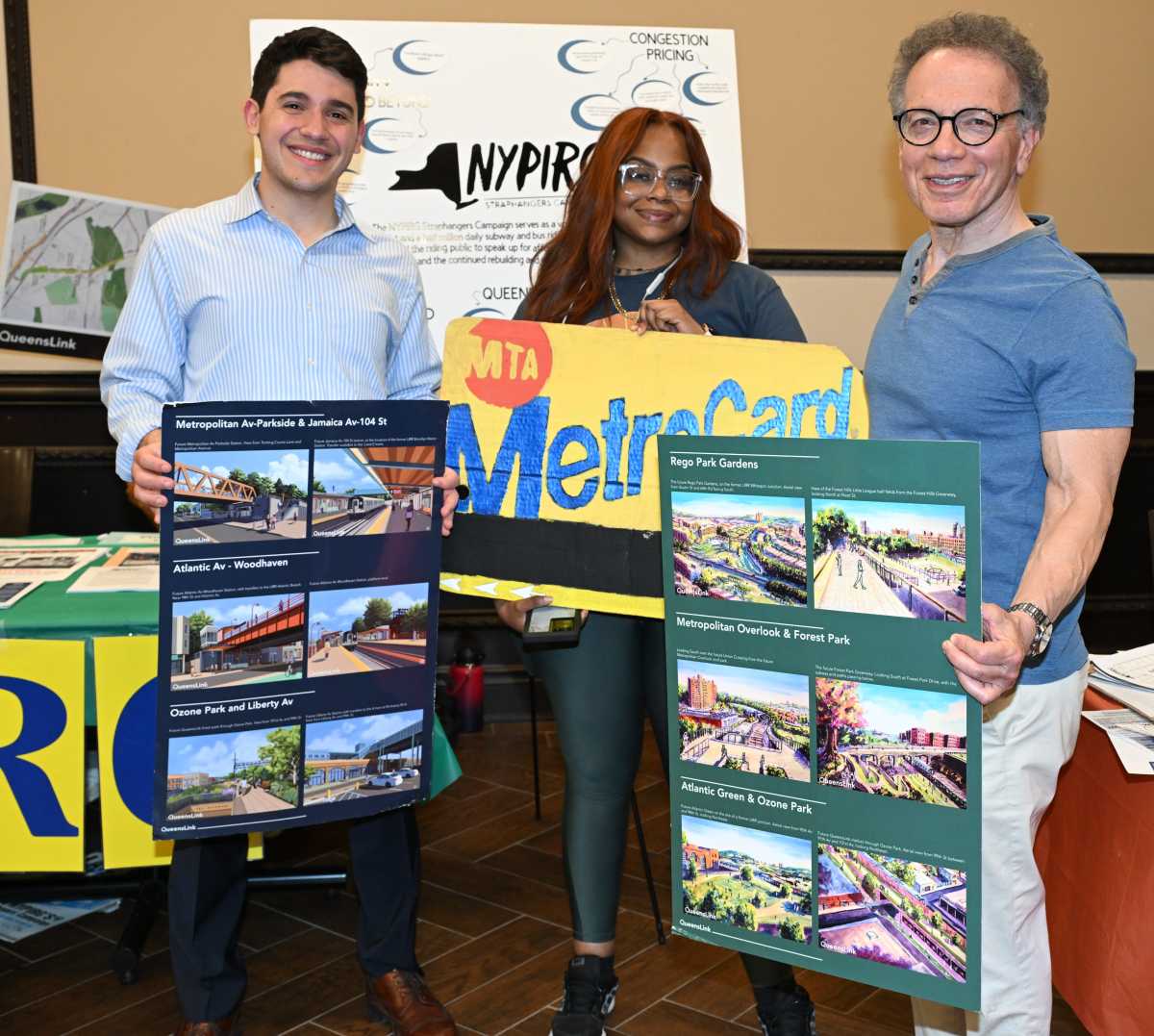
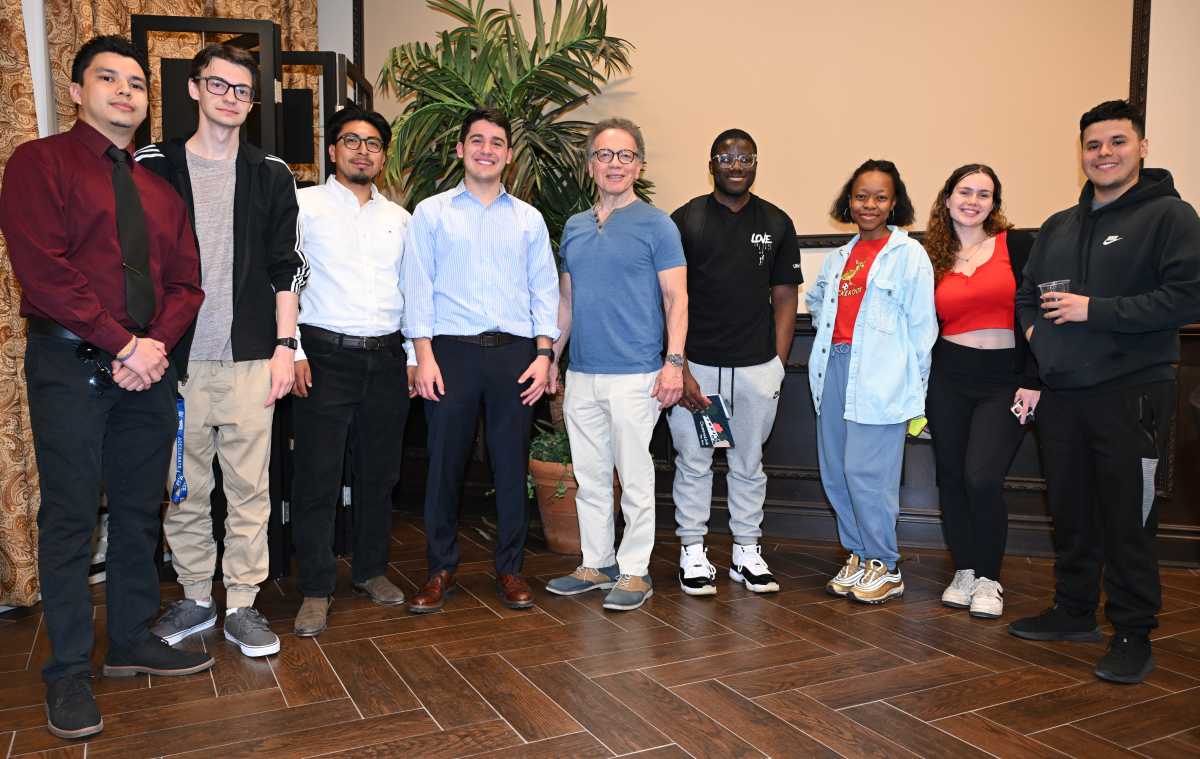
Community voices driving change
Professor James Vacca, Distinguished Lecturer in Urban Studies at Queens College and former New York City Council Member, praised the event for fostering early civic engagement among students.
“Community engagement is key, and over the years, one of the biggest issues my students have raised is transportation,” Vacca said. “Many feel stranded without a car because rail lines are too far away and buses are infrequent. This town hall is part of the essential planning process for Queens’ future, and I’m proud to see our students leading the way.”
Participants also heard from Natasha Elder, LMSW, NYPIRG’s Regional Director of Equity and Resiliency Projects, who emphasized the project’s broader impact beyond student commuters.
“QueensLink would bring tens of thousands of jobs, reduce congestion, improve air quality, and expand green space,” Elder said. “It’s not just about transit—it’s about equity, it’s about the environment, and it’s about uplifting lower-income and predominantly communities of color.”
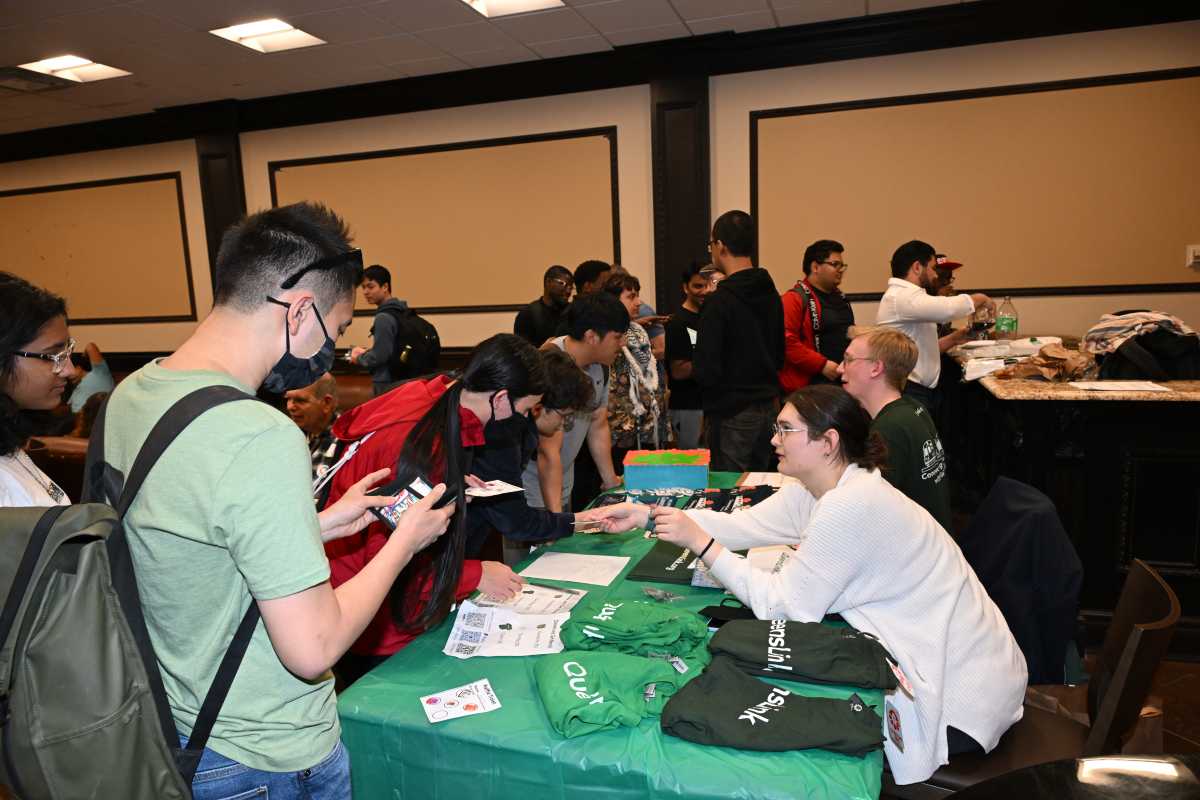
Grassroots energy and next steps
Throughout the evening, QueensLink organizers distributed brochures, buttons and stickers while fielding questions about the project’s benefits and challenges. They also hosted data collection stations where students could calculate how much time and money they lose due to current transit inefficiencies.
“The turnout tonight shows the power of grassroots advocacy,” said Noelle Hunter, Communications Director for QueensLink. “We’re gathering real community feedback and making sure that students’ voices shape the future of transit planning in Queens.”
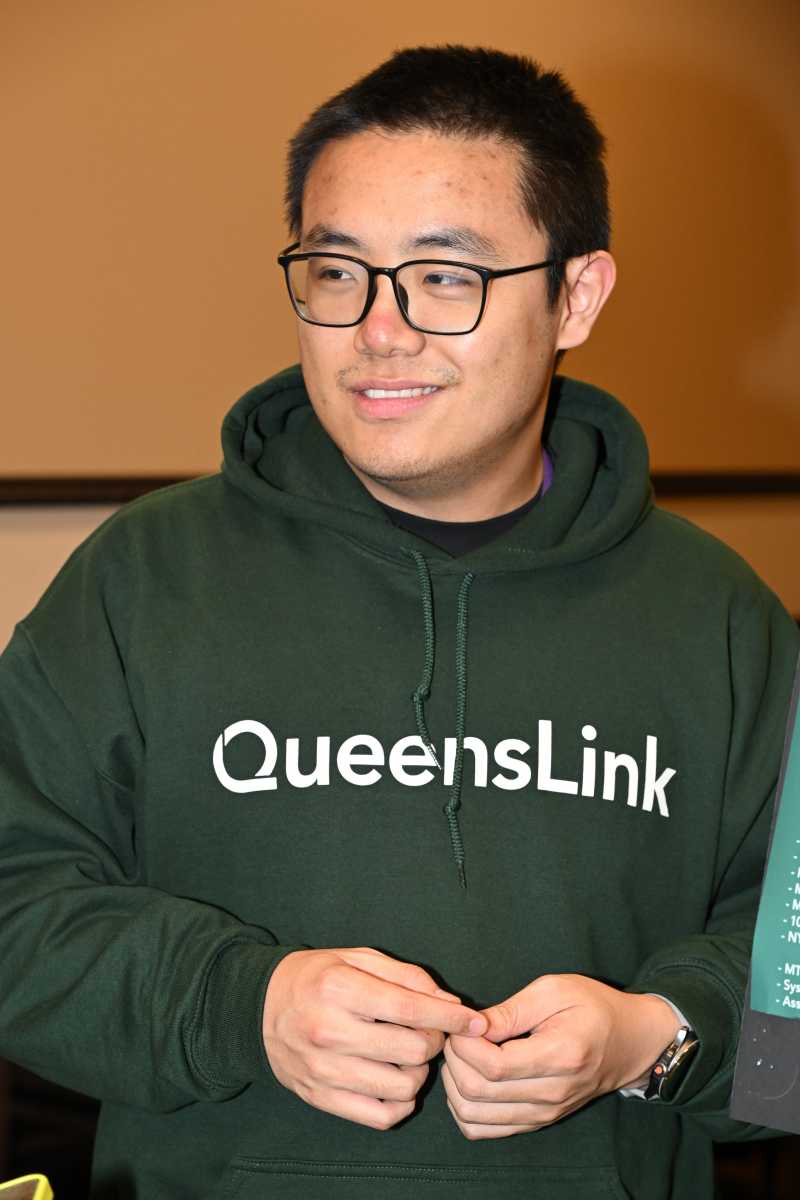
Franklin Tang, a master’s student at NYU conducting a ridership estimation study with QueensLink, also previewed his forthcoming research. Tang’s independent analysis, using federal transit models, will soon provide updated ridership projections for the corridor, potentially strengthening the case for full reactivation. His study is expected to be publicly released around May 15.
Following the town hall, NYPIRG and QueensLink plan to compile the petition signatures, personal stories, and data into a comprehensive report, which they intend to send to New York City mayoral candidates and other decision-makers to advocate for funding and political support.
Paolucci emphasized the long-term vision: “Some people say, ‘It won’t be built for 20 years, why bother?’ But if we don’t organize now, it may never get built. This project could change the lives of tens of thousands of Queens residents, and it’s up to us to make sure it happens.”
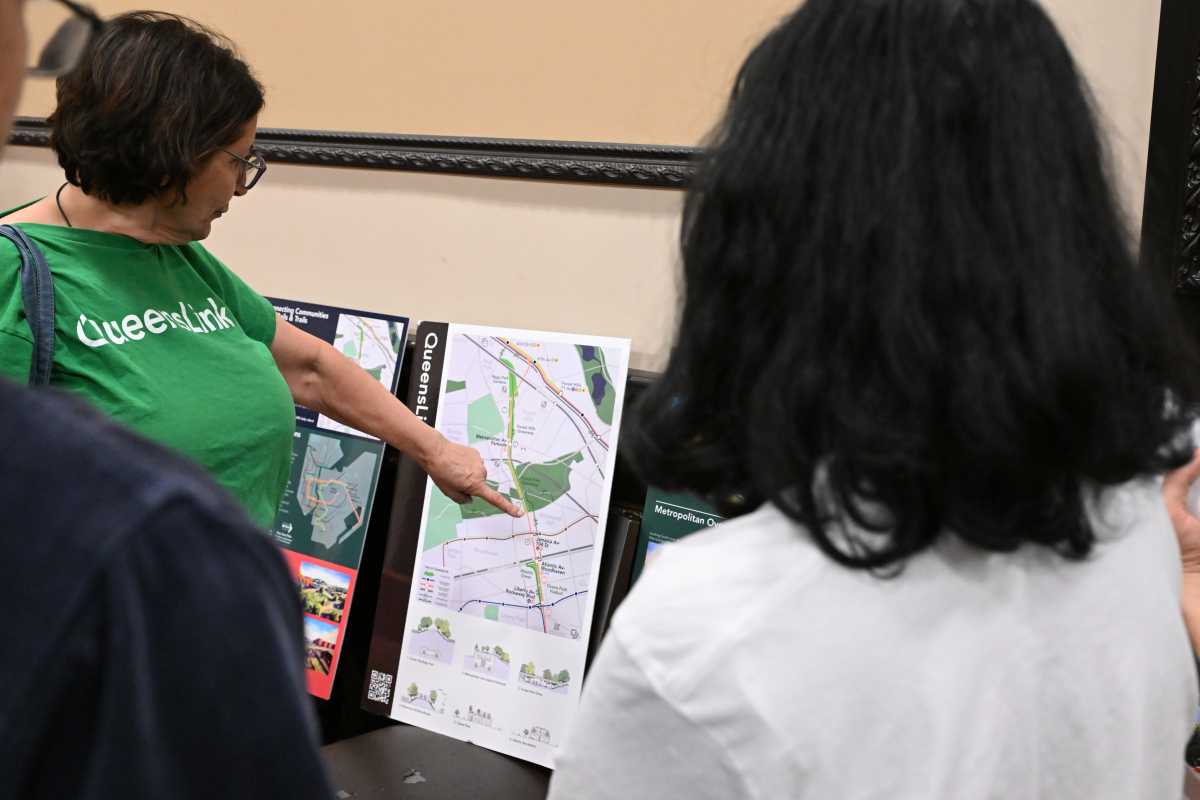
A decades-long dream, closer to reality
The Rockaway Beach Branch has been eyed for revitalization for decades. Various proposals over the years have suggested turning the corridor into a park or reactivating it for transit use. Supporters of QueensLink argue that preserving the right-of-way for future subway service is crucial, pointing to cautionary tales from other cities like Atlanta, where park conversions made it politically difficult to later install planned rail service.
With rising population growth in Queens, renewed federal infrastructure funding and persistent grassroots pressure, advocates believe the time is now for serious investment in projects like QueensLink.
For more information on QueensLink, visit thequeenslink.org.

